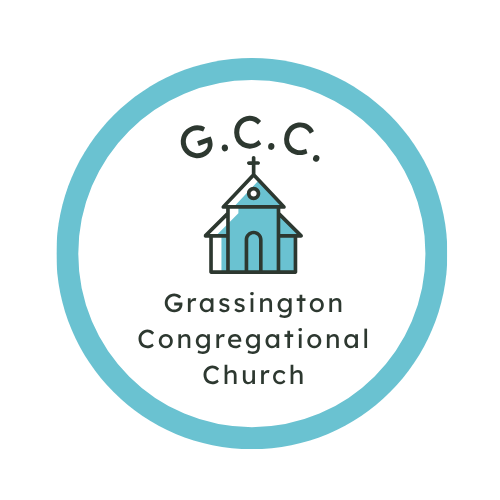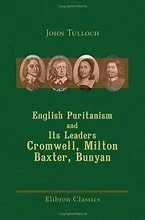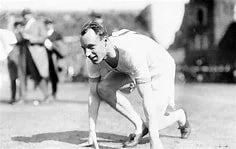HISTORY OF CONGREGATIONALISM
The origins of Congregationalism have been said to lie in the independence of the churches of the New Testament. However the conversion of the Roman emperor led to an authoritative hierarchy which in the west centred on the Pope. The 16th century Protestant Reformation, with the Bible printed in English resulted in an overthrow of clericalism and in worship being conducted in the language of the people. Those who wanted further reforms than the monarch would allow were forced to break with the Church of England and Separatist churches grew up in London, Norwich and elsewhere.
Cromwell, Milton, Baxter and Bunyan
The evangelical revival of the eighteenth century benefited the Congregational churches in England, Wales and Scotland, where the Haldane brothers, in particular, were keen to build Independent churches. In 1795 the London Missionary Society was founded and this became the main agency for the Congregationalist serving abroad. Among these were Scotsmen like Robert Moffat and David Livingstone who went to south Africa, the Englishman John Williams to the Pacific Islands, and the Welshman Griffith John to China.
Eric Liddell who went with the London Missionary Society to China
Some were imprisoned, some executed like Barrow, Greenwood and Penry in 1593, some went into exile in the Low Countries, and some, like the Pilgrim Fathers, to New England. The English Civil War saw these Independent or Congregational churches grow markedly in numbers and Cromwell, Milton and Bunyan were all affected by them. At the Restoration of Charles II in 1660, they were excluded from the church settlement and thus became Nonconformists, with the Presbyterians, Baptists and Quakers. Subject to harsh laws they endured persecution, exclusion from public office and their sons were barred from the universities. Consequently they set up dissenting academies and hymn writers, like the genius Isaac Watts and Philip Doddridge, received first class educations there.
The athlete Eric Liddell also went with the LMS to China where he died in a Japanese camp in 1945. In the 20th century Congregationalists were often zealous for church unity which led to failed attempts to bring most mainstream Protestants together. Some Congregationalists joined the English Presbyterians in the United Reformed Church, in 1972 (England and Wales) and 1996 (Scotland), but some 500 Congregational churches opted to retain their freedom and rejected this centralising measure. The Congregational Federation has provided fellowship for most Congregational churches since 1972 without infringing their right to respond directly to the Holy Spirit in whatever way they believe called by God to act




